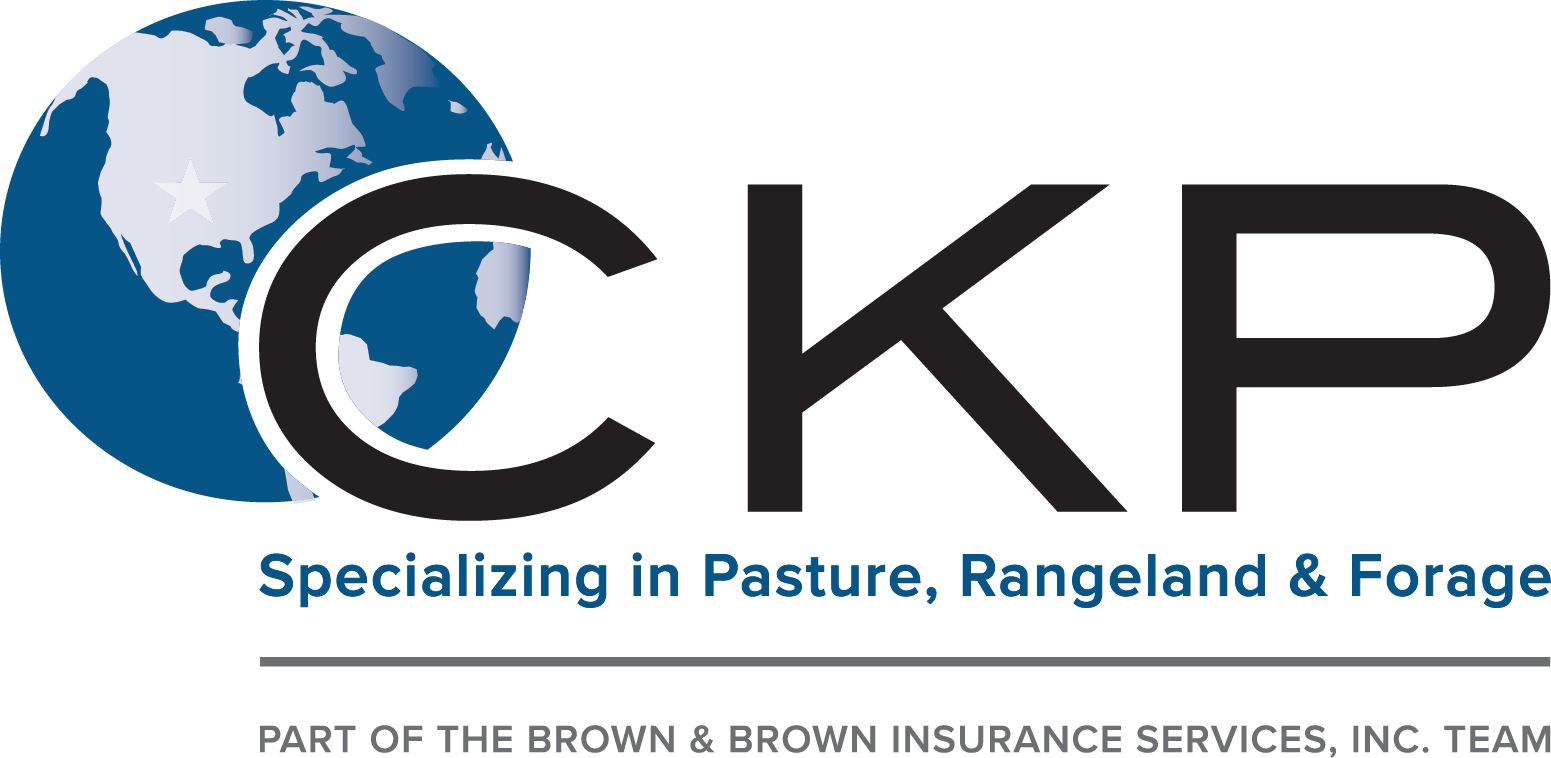See This Report on Bagley Risk Management
See This Report on Bagley Risk Management
Blog Article
Professional Advice on Danger Analysis and LRP Insurance Solutions

The Importance of Risk Assessment
Effective risk analysis is basic in the decision-making procedure of any kind of company, assisting critical preparation and source allowance. By systematically identifying, evaluating, and prioritizing possible threats, businesses can expect difficulties, take advantage of on opportunities, and make informed selections to attain their goals. Danger assessment permits companies to proactively deal with susceptabilities, minimize dangers, and maximize their danger management approaches.
Among the key advantages of risk assessment is its role in improving operational efficiency. By understanding the potential threats that might impact numerous elements of the business, companies can improve processes, designate resources a lot more efficiently, and reduce the chance of costly disturbances. Furthermore, risk evaluation makes it possible for business to abide by regulatory requirements, protect their online reputation, and develop trust with stakeholders.
Comprehending Possible Losses
To understand the influence of danger assessment, it is essential to comprehend the prospective losses that might significantly affect an organization's operations and monetary security. Possible losses can emerge from various resources, consisting of all-natural disasters, financial recessions, operational failures, regulative modifications, and cybersecurity violations. These losses can result in direct costs such as property damages, legal expenses, and penalties, along with indirect prices like reputational damages and loss of market share.
Comprehending potential losses entails conducting a complete analysis of the risks that might materialize and estimating the monetary influence they might carry the organization. By quantifying these prospective losses, organizations can prioritize danger reduction initiatives and designate resources efficiently. Furthermore, a thorough understanding of prospective losses enables organizations to make enlightened decisions when selecting danger monitoring approaches, such as purchasing insurance policy coverage or applying danger control procedures. Bagley Risk Management.
Basically, by acknowledging and understanding prospective losses, companies can proactively handle threats and secure their long-term sustainability and success.
Function of LRP Insurance Coverage Solutions
The integration of LRP insurance policy services within a company's risk administration framework improves strength and fortifies economic stability versus unexpected difficulties. LRP, or Loss Healing Item, insurance options play an important duty in mitigating the effect of possible losses by offering financial protection and assistance in times of crisis. These insurance options are customized to satisfy the certain requirements of services, providing insurance coverage for various risks such as building damage, company interruption, responsibility claims, and more.
LRP insurance coverage services aid companies navigate tough situations by providing a safety web that allows them to recover and recuperate from troubles. By moving the monetary risk to an insurance policy service provider, services can focus on their core operations with higher satisfaction, understanding that they are shielded against considerable monetary losses. In addition, LRP insurance options can enhance a company's threat monitoring method by supplementing existing risk reduction measures and making certain extensive defense throughout all areas of prospective susceptability - Bagley Risk pop over to these guys Management. On the whole, the role of LRP insurance solutions contributes in securing services and advertising lasting sustainability.
Identifying Trick Threats
In the process of risk assessment, an important action involves determining crucial threats that have the prospective to impact a company's procedures and economic security. Determining crucial risks requires an extensive analysis of outside and internal factors that might posture risks to the company's purposes. Internal threats might consist of functional inadequacies, conformity concerns, or personnel challenges, while outside threats might incorporate economic slumps, governing adjustments, or all-natural calamities.

Furthermore, vital risks ought to be routinely assessed and upgraded to line up with the vibrant service setting. This proactive approach makes it possible for organizations to remain in advance of possible dangers and protect their long-term success.
Selecting the Right Insurance Coverage
Having recognized the vital dangers that might influence a company's procedures and economic stability, the next critical look here step entails very carefully choosing the right protection to efficiently manage and alleviate these risks. When it comes to picking the right coverage, companies require to consider their specific threat exposure, monetary abilities, and calculated goals. It is necessary to perform a comprehensive assessment of the available insurance policy choices to make sure that the chosen coverage straightens with the organization's risk monitoring goals.

Organizations ought to function closely with knowledgeable insurance coverage professionals to examine their threat profiles and determine one of the most suitable insurance coverage items to resolve their needs. Customizing insurance policy protection to certain threats can help enhance defense while minimizing unnecessary expenses. In addition, organizations ought to examine plan conditions in information to understand the degree of coverage given and any prospective exemptions that might influence their danger reduction approaches.
Conclusion
In final thought, risk analysis is critical in determining prospective losses and selecting the right LRP insurance solutions. Specialist guidance can assist browse the intricacies of threat assessment and insurance policy remedies, offering organizations with the required tools to efficiently handle and alleviate dangers.
Expert support plays a critical function in this process, offering beneficial insights right into determining and evaluating threats, as well as strategically picking i thought about this suitable insurance policy coverage customized to minimize those dangers successfully. An extensive understanding of possible losses allows companies to make informed choices when selecting danger monitoring techniques, such as acquiring insurance protection or implementing risk control steps.

Report this page